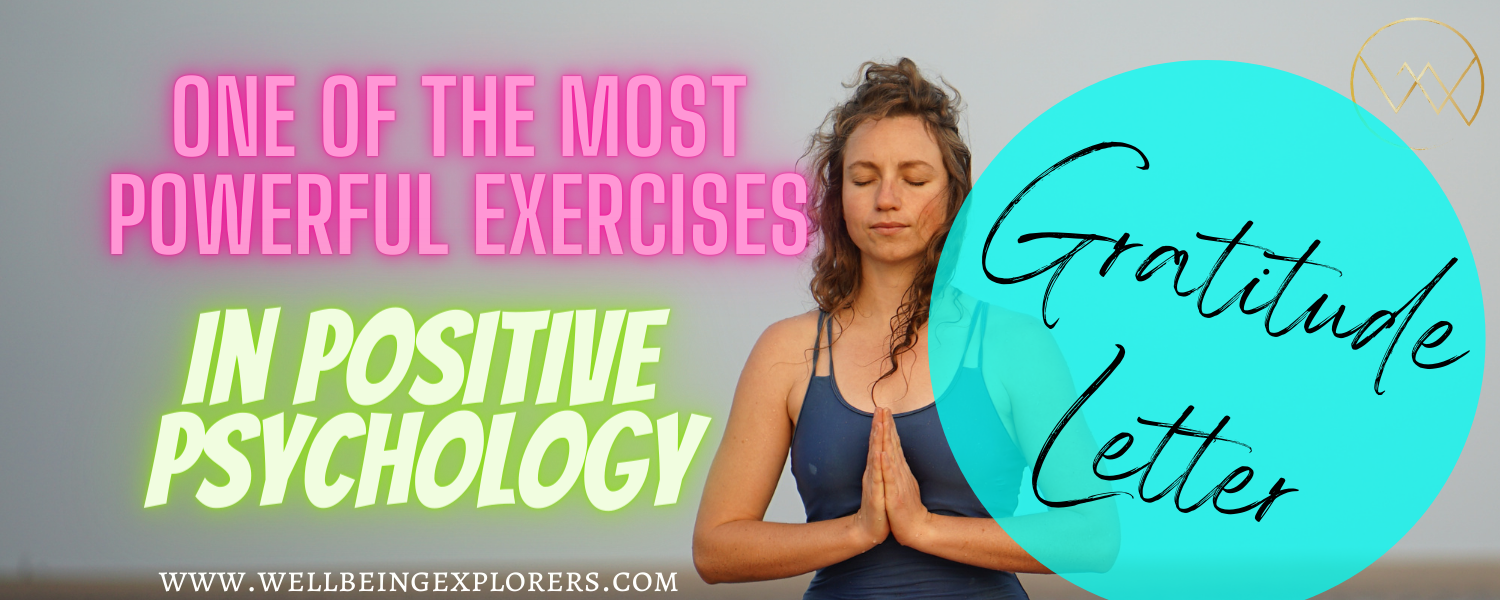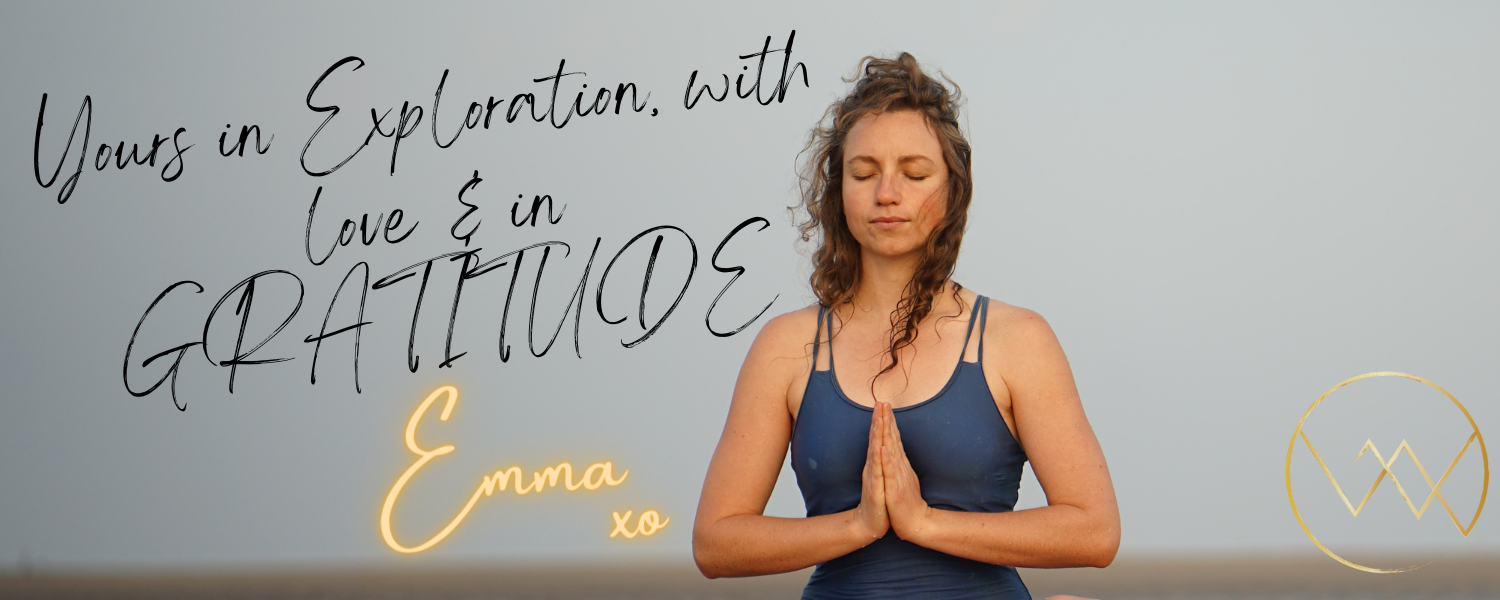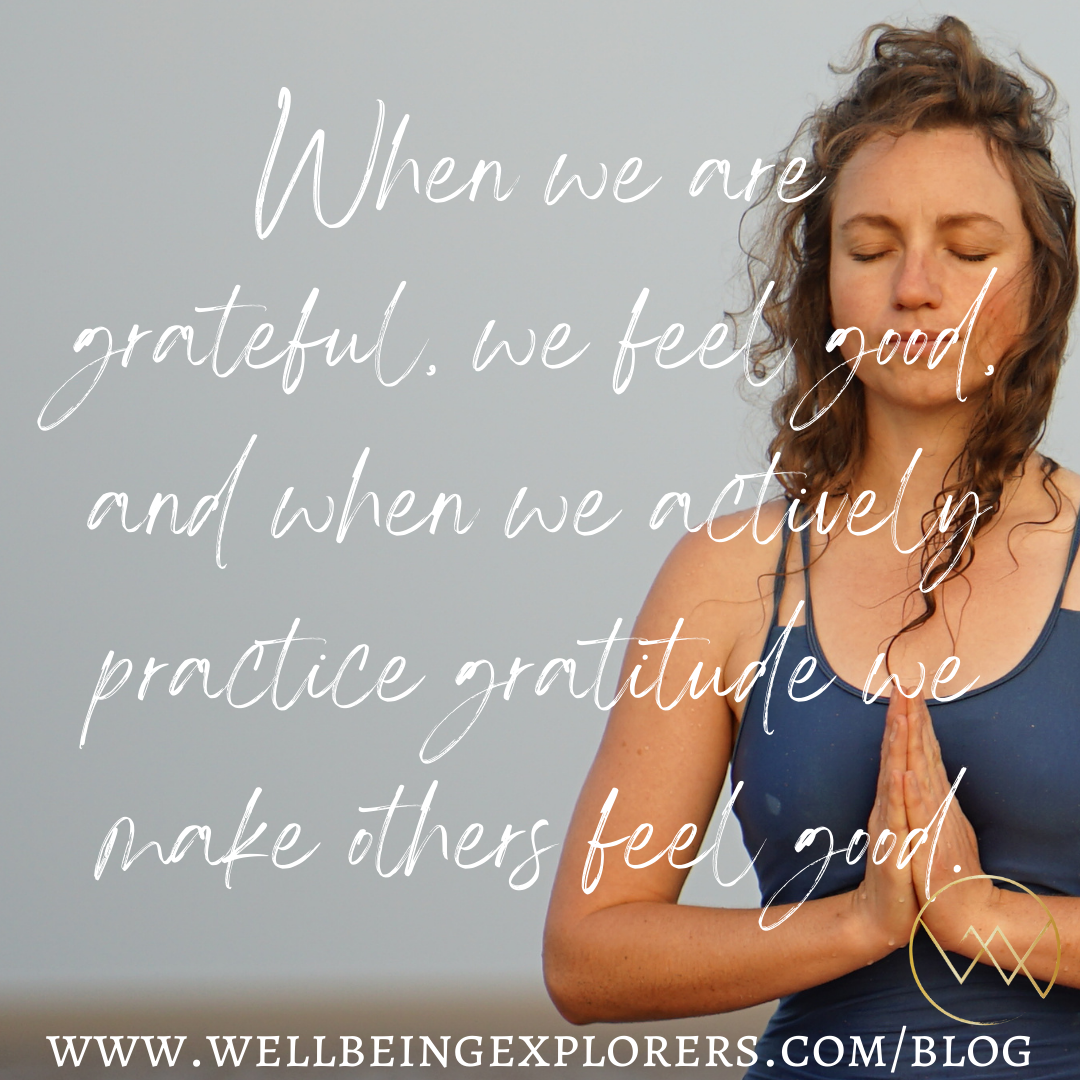Gratitude: An Exploration
Have a look at the following 6 statements. How much do you agree with them and see them as being important in your life?
1. I have so much in life to be thankful for.
2. If I had to list everything that I felt grateful for, it would be a very long list.
3. When I look at the world, I see much to be grateful for.
4. I am grateful to a wide variety of people.
5. As I get older I find myself more able to appreciate the people, events, and situations that have been part of my life history.
6. I regularly feel grateful to something or someone.
These statements are based on ‘The Gratitude Questionnaire’ (McCullough, Emmons & Tsang, 2002), and are designed to reveal your individual level of dispositional gratitude. The more strongly you agree with the statements, the more gratitude you feel.
Gratitude is a high energetic positive emotion that is fundamentally human. It is the internal or external display of acknowledgement, thankfulness or appreciation of receiving something which has benefitted us. In gratitude, we acknowledge what is good in our lives. This connects us to something larger than ourselves as a transcendent and social emotion e.g., other people, nature or a higher power. Gratitude is in recognition of what we receive.
Gratitude is understood in the scientific literature to be a trait and a state i.e., something that is dispositional and a way of being:
· As a trait, an individual practices gratitude. Gratitude is considered a strength which can be both natural and innate, and developed with practice and awareness. Gratitude is practiced intentionally in daily life.
· Gratitude is experienced as a state of being when one feels the emotion of being grateful. When someone is expressing gratitude, it is referred to as a state.
There are two stages with gratitude:
1. Acknowledging the goodness in your life. This is an affirmation that there are good things in life that make it abundant and worth living. We acknowledge that we have things to be appreciative of. We are thankful for receiving these things, thankful for the presence of things and thankful for the person/ situation that made the effort or created the positive emotion in us.
2. Recognising and being thankful for the sources of goodness in life that transcend the self. We can be grateful to a higher power, other people, animals, the world. We recognise who or what to thank so we could feel happier.
What is most important in the conversation about trait and state gratitude is that whilst some people may find gratitude easier to cultivate and actively demonstrate in their internal dialogue and towards others, gratitude is a skill that can be practiced and learnt. Even if gratitude feels a little awkward for you or it is not one of your top character strengths, you can cultivate feelings of gratitude through your thinking and behaviour.
We express gratitude in our lives by saying “thank you”. Therefore, gratitude is also an action towards someone else, or something in our lives.
Gratitude is given selflessly and unconditionally. We do not expect anything in return. However, gratitude can be a positive upward cycle whereby when you show gratitude to someone, they receive a positive emotions boost, feel happier and pass on the gratitude to others.
In summary, gratitude is a positive emotion that you feel when you reflect on the goodness in your life or receive something from others, nature, the divine (however that looks to you!). Gratitude is also a social emotion directed towards another person, or a transcendent emotion towards a higher power, or something greater than the self. You can cultivate gratitude through intentional awareness, thinking and behaviour. Gratitude is active; an intentional action of reciprocal, yet selfless and unconditional appreciation.
What the SCIENCE SAYS
Gratitude is one of the most well researched topics in positive psychology. Studies have shown a multitude of benefits to wellbeing in diverse domains of life. For instance:
People who practice gratitude are less neurotic, more agreeable and more open.
Grateful people are less likely to be depressed and report they are more satisfied with their lives.
Gratitude is immensely powerful for strengthening and deepening relationships. People who express gratitude in their close relationships forgive easier and are less narcissistic. Gratitude also promotes connection, satisfaction and long term maintenance in relationships.
Gratitude boosts optimism. Researchers have shown that after 10 weeks of practicing gratitude people were more optimistic about their lives, health and physical exercise. As optimism is also a powerful positive emotion, optimistic people are more likely to act in ways that support a healthy lifestyle (Emmons & McCullough, 2003).
Practicing gratitude boosts happiness. Below I share one of the most powerful exercises for practicing gratitude. Happiness levels and life satisfaction increased dramatically for participants, even several weeks after the initial experiment.
Gratitude increases self-control. Choosing to be grateful supports people to make choices that serve us. Self-control involves discipline and focus, thus gratitude supports our overall pursuit of happiness and health.
Gratitude has also been shown to reduce inflammation, stress, improve sleep and increase moods, thus having important benefits to our physical as well as mental wellbeing.
Your FREE Intervention
Gratitude Letter
One of the most powerful exercises in gratitude is the ‘gratitude letter’ where you write a letter of thanks to people in your life and deliver the letter to someone who has been especially kind to you or had a major positive impact on your life. This could be a teacher, mentor, someone from your family of origin, a close friend or a romantic partner. Share your gratitude with them to demonstrate how they impacted you and the positive impact on your life.
Step 1: Think of someone who has had an important positive impact on your life. This may be someone who you feel you have never properly thanked, you could elaborate, or it has been a while since you openly showed your gratitude and shared it with them.
Step 2: Reflect on all the ways you are grateful for this person. What are the benefits you have received due to their kindness? Now write down all the ways you are thankful to them, for all they have done for you.
Step 3: Deliver the letter. This is most powerful when done personally, however if this is not possible, once the letter is delivered, arrange to speak with the person about what you wrote. Spend some time with them and talk about all the ways you are grateful, using the letter as a guide.
This study was first performed by Seligman, Steen and Peterson (2005). The participants had one week to write and deliver their letter of thanks. Participants happiness levels increased for one month after the exercise, compared to a control group who did not complete the exercise.
Key point
The most important thing to take away from this research is that not only were the participants grateful themselves which boosted their happiness, it was the fact of giving back to another person who was influential in their life, who helped them along the journey which made the exchange much more powerful; they felt good for making others feel good.
Final Reflections
The experiments done by positive psychology research has shown us that gratitude is a powerful emotion on both induvial and social levels. However, you didn’t need me to tell you that did you?! We all intuitively know that gratitude is empowering and a powerful drive for positivity and happiness in our lives, as well as connecting with others. When we are grateful, we feel good, and when we actively practice gratitude we make others feel good.
I invite you to experiment with cultivating the feeling of gratitude as well as the practice of gratitude (state and trait). There are so many creative ways to do this, the gratitude letter above is one which has emerged in the research as effective. You could also try practicing kindness to someone (perhaps a stranger) because you have received the kindness from others, you could make an effort to thank the people in your life for all they do for you that may go unnoticed, you could create a gratitude journal and write 3 -5 things that you are thankful for every day for a few weeks, then as often as feels good.
I hope this reflection has offered you the incentive to practice more gratitude, and make it a priority for your health, happiness, connection and performance. Whatever you choose to do, make it authentic and based in reality; be grateful for what is real and true. You can be grateful for the smallest thing or the biggest; a passing moment of kindness, a beautiful interaction with nature or a lifetime of love, care and support. I also hope that you have learnt the power of practicing gratitude as a transcendent emotion; transcend the self and share the empowering, happiness boosting emotion with others. It will cascade and catalyse a positive upward cycle of people passing on joy, appreciation, savouring and thankfulness. Now that’s a world I want to live in.
References
Emmons, R. A., & McCullough, M. E. (2003). Counting blessings versus burdens: an experimental investigation of gratitude and subjective well-being in daily life. Journal of personality and social psychology, 84(2), 377.
McCullough, M. E., Emmons, R. A., & Tsang, J. (2002). The grateful disposition: A conceptual and empirical topography. Journal of Personality and Social Psychology, 82, 112-127.
Seligman, M. E. P., Steen, T. T., Park, N., & Peterson, C. (2005). Positive psychology progress: Empirical validation of interventions. American Psychologist, 60, 410-421.










